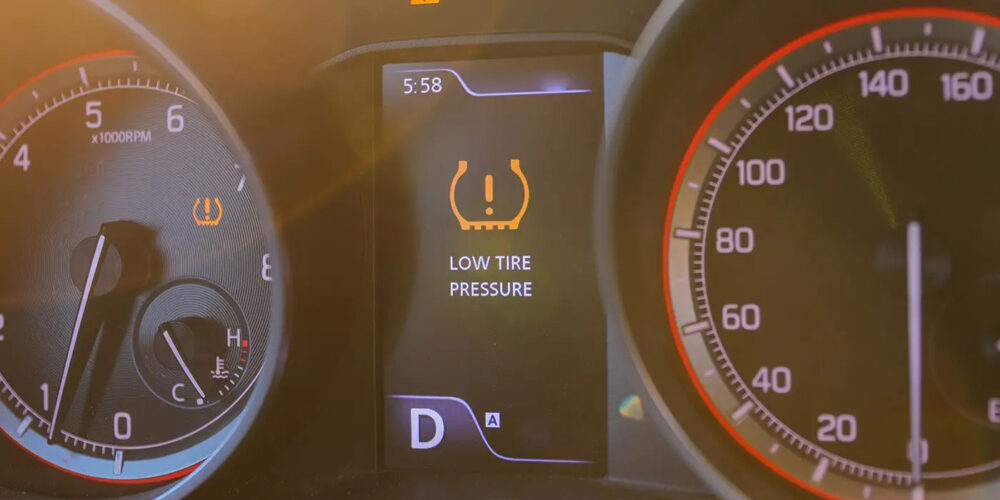Tire pressure monitoring systems are all about safety. Properly inflated tires maximize stability, handling and braking distance of your vehicle. However, there’s another perk that shouldn’t be overlooked – fuel savings!
Imagine riding a bicycle with flat tires or pushing a car with under inflated ones. It requires significantly more effort, right? Well, the same applies to your engine. Under inflated tires make your engine work harder, resulting in increased fuel consumption. Additionally, they cause premature wear to tires and the vehicle’s suspension.
The Tire Industry Association recommends that drivers check their tire pressure at least once a month, but considering the significant impact TPMS has on fuel savings, I recommend everyone check before every long road trip to maximize fuel efficiency. Sure, you can use the old-fashioned method of a stick gauge to check tire pressure (no tire kicking!). However, if your vehicle is equipped with TPMS (factory or retrofit), maintaining its good working condition not only helps you check tire pressure before hitting the road but also monitors it while driving. Trust me, nothing ruins a dream vacation like a punctured tire and changing to a spare on the highway.
Your TPMS ensures safe and efficient travel in multiple ways:
Pressure Monitoring While You Drive
The main function of the TPMS system is to monitor tire pressure while you drive. The TREAD Act is the US federal legislation requires the system to detect and alert the driver within 20 minutes of when the pressure of one tire (or more) is at least 25 % below the vehicle manufacturer’s recommended cold inflation pressure for the tires. Now, these values of 25% below within 20 minutes are what the legislation calls for. There are many vehicles today that will detect and provide a warning much faster than 20 minutes and with a pressure difference that’s more sensitive than 25%.
Rapid Deflation Monitoring
In the event of a tire losing a large amount of air rapidly, the 20-minute time frame is just too long to provide safe driving conditions, which is why the TPMS is also monitoring rapid deflation. If the system detects a rapid loss of pressure, it won’t wait for the next timed notification. It will send a signal to the computer immediately and will illuminate the warning light as soon as that signal comes in. This prevents driving on a fully deflated tire.
Stationary Monitoring
Some systems also provide the capacity to monitor the tire pressure even if the wheel isn’t turning. This type of system will use a ultra-high frequency (UHF) radio signal to trigger the TPMS sensors requesting a pressure update. This means that the driver would know about a low-pressure condition even before the car is driven. So, before heading back to the highway, the driver will know that all four tires are safe to roll on down the road.
Spare Tire Monitoring
Vehicles with a full-size spare tire can have an additional sensor mounted in it for pressure monitoring. This provides peace of mind during a road trip knowing your spare tire is properly inflated and ready to use.
As you can see, TPMS is a valuable tool for a safe and enjoyable journey. It prevents tire wear, safeguards suspension components and even saves money at the pump. As you get ready to embark on your next big journey, think about the ways TPMS can contribute to better fuel economy and less money out of your wallet. Don’t forget to check the tire pressure before setting off over the river and through the woods!
This article was written by Yanick Leduc and originally appeared in Tire Review.














